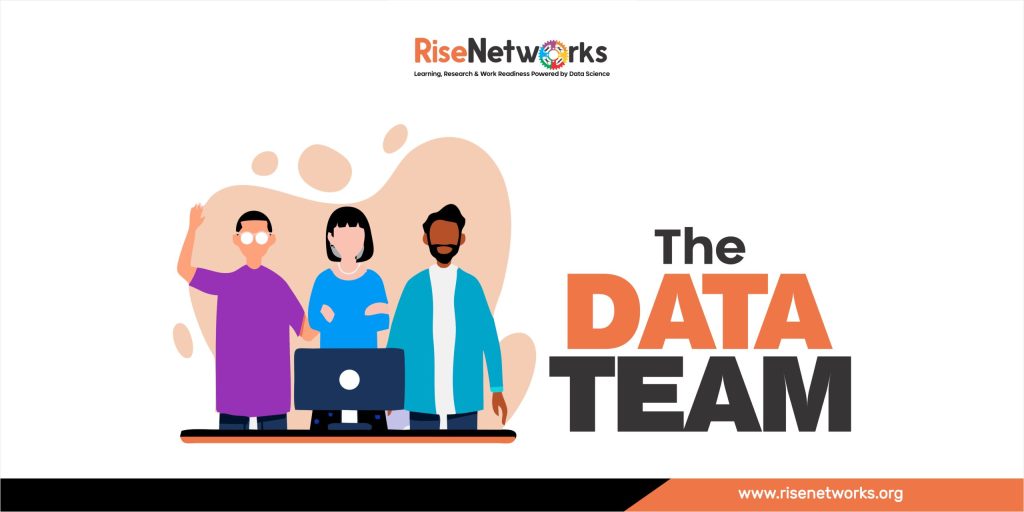The data team consists of a lot of professionals which include data analysts, data engineers, product managers, data scientists and machine learning engineers. In this article, I will explain the different roles of each member of the team.
Data Analyst: A data analyst is someone who scrutinises information using data analysis tools. The meaningful results they pull from the raw data help their employers or clients make important decisions by identifying various facts and trends.
Responsibilities include:
Designing and maintaining data systems and databases.
Mining data from primary and secondary sources, then reorganizing said data in a format that can be easily read by either human or machine.
Using statistical tools to interpret data sets, paying particular attention to trends and patterns that could be valuable for diagnostic and predictive analytics efforts.
Demonstrating the significance of their work in the context of local, national, and global trends that impact both their organization and industry.
Data Engineers: Data engineers are responsible for finding trends in data sets and developing algorithms to help make raw data more useful to the enterprise. This IT role requires a significant set of technical skills, including a deep knowledge of SQL database design and multiple programming languages.
Responsibility includes:
Developing, constructing, testing and maintaining architectures.
Aligning architecture with business requirements.
Data acquisition.
Developing data set processes.
Use programming language and tools.
Identify ways to improve data reliability, efficiency and quality.
Product Managers: project managers are responsible for the planning, organizing, and directing of specific projects for an organization while ensuring these projects are on time, on budget, and within scope. They are accountable for the entire project scope, project team, resources, and the success or failure of the project.
Responsibility includes:
Researching customer experiences and demands.
Improving customer experiences.
Outlining a detailed product strategy.
Managing cross-functional teams.
Managing product road maps and releases.
Understanding product selling points.
Identifying and filling product gaps.
A data scientist is a professional responsible for collecting, analyzing and interpreting extremely large amounts of data. Data scientists are big data wranglers, gathering and analyzing large sets of structured and unstructured data. A data scientist’s role combines computer science, statistics, and mathematics. They analyze, process, and model data then interpret the results to create actionable plans for companies and other organizations.
Responsibilities include:
Acquiring data.
Processing and cleaning the data.
Integrating and storing data.
Initial data investigation and exploratory data analysis.
Choosing models and algorithms.
Machine Learning Engineer: Machine learning engineers are responsible for creating programmes and algorithms that enable machines to take actions without being directed. They leverage big data tools and programming frameworks to ensure that the raw data gathered from data pipelines are redefined as data science models that are ready to scale as needed. Machine learning engineers feed data into models defined by data scientists. They’re also responsible for taking theoretical data science models and helping scale them out to production-level models that can handle terabytes of real-time data.
Responsibilities include:
Studying and converting data science prototypes.
Designing and developing Machine Learning systems and schemes.
Performing statistical analysis and fine-tune models using test results.
Finding available datasets online for training purposes.

